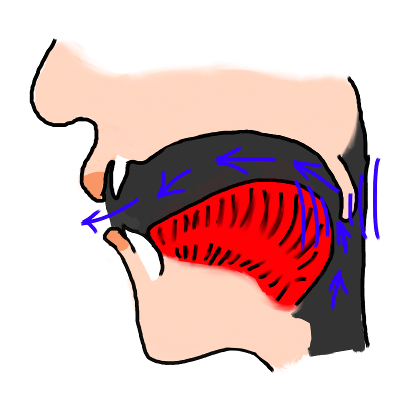How to pronounce hier
Do you find the information below useful? If you do, you can get guides like it for 1,000+ French words by downloading this app for your iPhone or iPad.
| j |  | This is a sound a little like an English "y" as in "yes". To pronounce it, you "glide" rapidly between a French 'i' vowel and the following vowel. (And on the end of a word, you pronounce it by going rapidly from the previous vowel to a French 'i' vowel.) Note the phonetic symbol [j] doesn't mean the sound at the start of "je" or "jean". | You might have expected this sound to be a normal i vowel here. However, whenever i is followed by another vowel in French, the two vowels generally "merge" together (technically speaking, they form a diphthong). In other words, you start in the position for a normal i vowel, but then "glide" into the second vowel, which is what you hear in this case. |
| ɛ |  | The French 'open e' vowel, is pronounced with the tongue almost as far forward in the mouth as it will go, but with the mouth a bit more than half open. Keep your lips unrounded and aim to "hold your tongue and lips in position" (to avoid producing it as a "glide" or diphthong) as you pronounce this vowel. | Notice how this vowel is lengthened here before the r sound at the end of the word. |
| ʁ |  | The French 'r' is generally what is technically called a "uvular fricative". In simple language, that means you bring the back of your tongue close enough to the back of the mouth that it causes friction (the "raspy" sound that you hear) with the escaping air. |